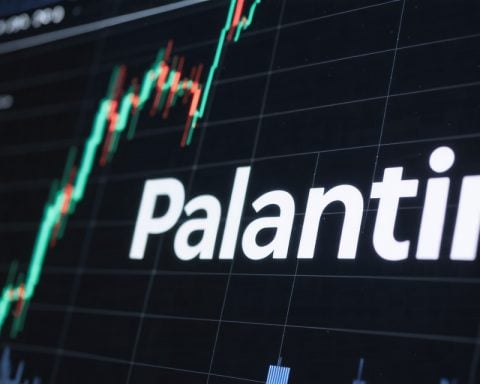In the world of PC gaming, certain titles remain etched in collective memory for their groundbreaking gameplay and iconic status. However, recent findings from SteamIDFinder reveal an intriguing trend: many beloved classics are surprisingly underplayed in today’s gaming landscape.
Title favorites like Portal and its sequel seem to embody this phenomenon. Both titles, known for their innovative puzzles and memorable characters, feature disappointingly low player counts. Although Portal gained a respectable recognition with a Metacritic score of 90, it only has around 330,690 active players. Portal 2, despite a higher score of 95, follows narrowly with approximately 249,894 players.
Half-Life and its various installments are not exempt from this trend. Even the ever-celebrated Half-Life 2, which is rife with accolades and boasts a Metacritic score of 96, is amongst those that seem to languish, with a player base of just 285,097.
Many of these classic titles originate from the Valve catalog, including Left 4 Dead and Counter-Strike, known for their multiplayer appeal but also falling victim to the low player count phenomenon. The drop in player engagement could be attributed to acquisition through bundles or promotions that result in many titles going unplayed.
For those looking to realize the extent of their unplayed classics, SteamIDFinder has a useful tool, the Pile of Shame, which highlights titles added to libraries yet untouched. These statistics underscore a broader issue in gaming—how billions may be spent on games that never see playtime.
The phenomenon of underplayed classic games raises important questions about gaming culture and purchasing behaviors. One significant question is: Why do gamers purchase titles they don’t play? The answer often lies in the allure of nostalgia, the impact of sales and bundles that encourage impulse buys, and the overwhelming availability of new games that can overshadow classic titles.
Another pertinent question is: What are the key challenges facing developers and publishers of classic games? One challenge is maintaining relevance in an ever-evolving gaming market filled with new releases and innovations. Additionally, there is a struggle with the preservation of these classics, as technological advancements can make it difficult to play older games on modern systems. Many classics may also suffer from outdated mechanics that don’t hold up to modern standards.
There are both advantages and disadvantages to the current state of classic games.
– Advantages:
1. Nostalgia Factor: Classic games hold sentimental value for many players who experienced them in their youth.
2. Cultural Significance: They often represent important milestones in gaming history and innovation.
3. Affordability: Classics are frequently available at reduced prices during sales, making them accessible to new players.
– Disadvantages:
1. Lack of Modern Appeal: Older games may not feature the graphics, gameplay mechanics, or storytelling techniques that attract today’s gamers.
2. Neglect and Obsolescence: Many classic titles are overlooked in favor of new content, leading to a diminished player base.
3. Technical Issues: Players may encounter compatibility problems when trying to run older games on updated systems.
The controversy surrounding the gaming industry is also relevant, particularly concerning developers who remaster or remake classic games. While some argue that remasters can breathe new life into beloved titles, others feel that these efforts detract from the originals and might lead gamers to overlook the classic versions altogether.
For further exploration of this topic, consider visiting:
IGN
Polygon
GameSpot
GamesRadar
These links could provide further insights into the world of gaming, nostalgia, and the ongoing dialogue about classic games in the modern era.


















